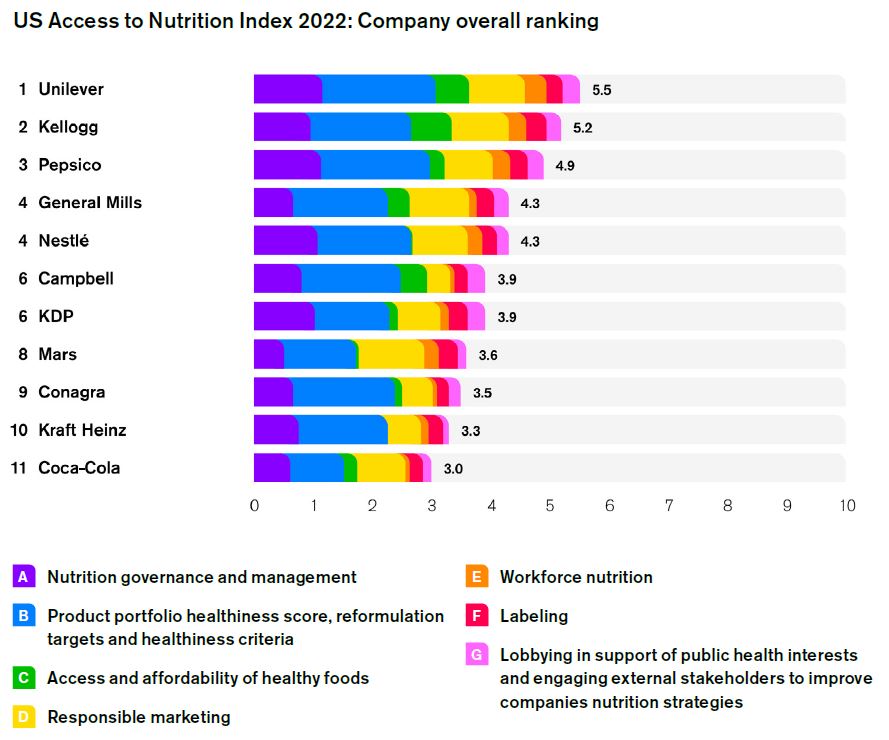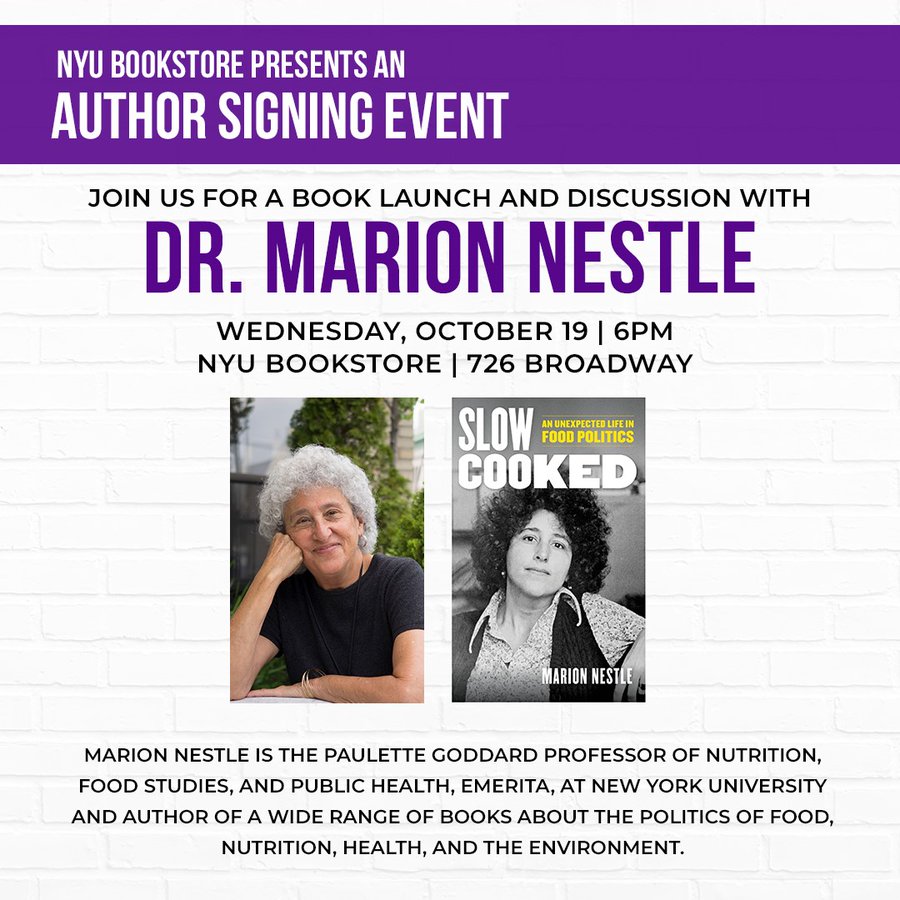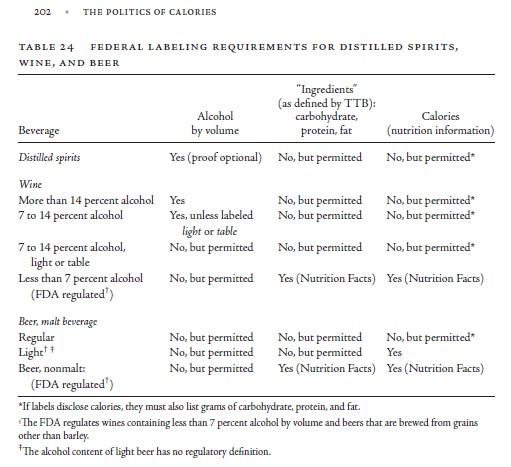Fact-checking my memoir
I tend to refer to my new memoir—tongue in cheek, of course—as my first work of fiction because I know my memory is fickle.
But sometimes I get it right!
A friend who read Slow Cooked sent me a news release that turns out to fact-check this passage in my book.

“Perhaps by coincidence”? Not at all.
The October 13 story is titled: “Stanford University apologizes for limiting Jewish student admissions during the 1950s.”
The apology comes after a task force appointed by the university’s president in January completed an archive-based report that found that Stanford took actions to suppress its admission of Jewish students…The report focuses on a 1953 university memo by university administrators who expressed concern about the number of Jewish students being admitted to Stanford, as well as a drop in enrollment from two Southern California high schools known to have large Jewish populations: Beverly Hills High School and Fairfax High School (my empasis).
In 1953, I was a senior at Fairfax High School when I applied to Stanford. At the time, perhaps 90% of Fairfax High students were Jewsih.
The Stanford report says:
As mentioned earlier, between 1949 and 1952 Stanford enrolled 67 students from Beverly Hills High School and 20 students from Fairfax. From 1952 to 1955 Stanford enrolled 13 students from Beverly Hills High School and 1 from Fairfax. The Registrar’s records do not indicate any
other public schools that experienced such a sharp drop in student enrollments over that same six-year period or any other six-year period during the 1950s and 1960s.
That one student accepted from Fairfax High School between 1952 and 1955 was in my class and happened not to be Jewish.
Here’s the New York Times’ account of Stanford’s apology.
***********
For 30% off, go to www.ucpress.edu/9780520384156. Use code 21W2240 at checkout.





